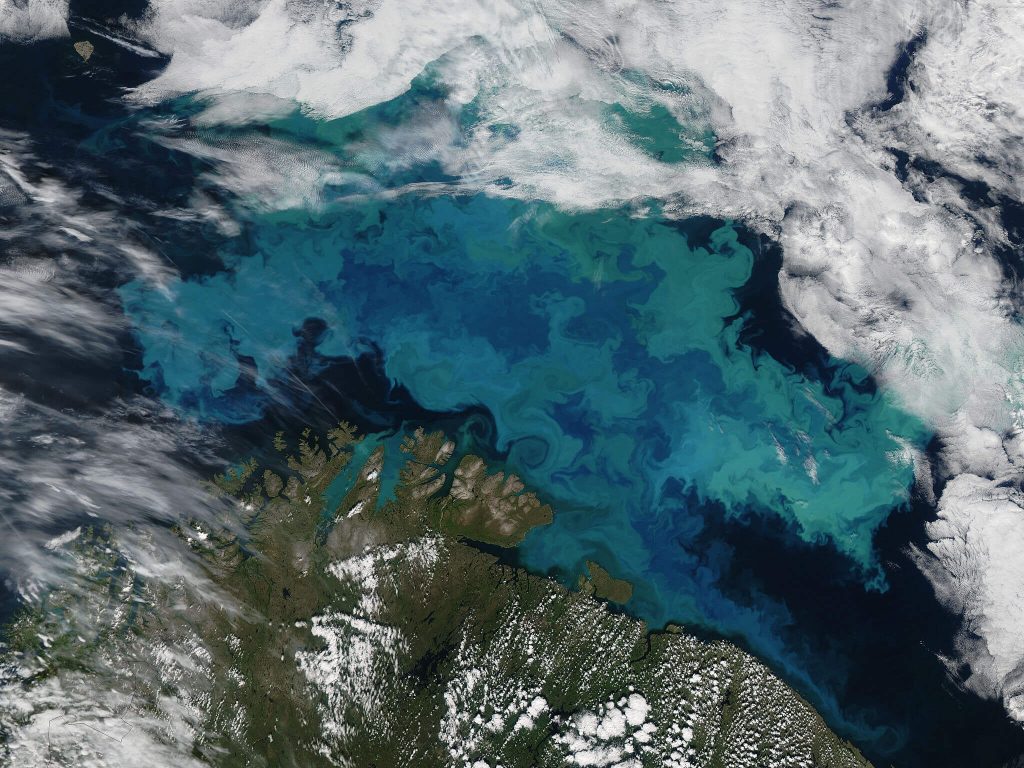You are browsing the website of the NEMO project which is the name of both the ocean modelling framework and the European consortium in charge of its evolution.
The purpose of this consortium, as it is written in the NEMO Consortium Agreement, is:
The purpose of this Agreement is to set up appropriate arrangements for the successful and sustainable development of the NEMO System as a well-organised, state-of-the-art ocean model code system suitable for both research and operational work.
Information request
For any information regarding the operation or the use of the website, please contact the webmaster with this form or the publishing director by postal mail using the following address:
NEMO Consortium
LOCEAN UMR 7159 – Institut Pierre Simon Laplace
Boîte 100 – 4, place Jussieu
75252 PARIS Cedex 05
Website
Staff
- Publishing Director: Claire Lévy
- Content Management System (CMS): WordPress
- Design: NEMO System Team, Mercator Ocean IT & Poseidon
- Hosting: Mercator Ocean IT department
Cookies and Statistics
To measure and analyse the site’s audience, we are using the Matomo software. Matomo generates a cookie with a unique identifier, for which the shelf life is limited to 13 months.
Background picture
‘Bloom in the Barents Sea’
Brilliant shades of blue and green explode across the Barents Sea in this natural-colour image. The color was created by a massive bloom of phytoplankton that are common in the area each August. The clear view is a rare treat since the Barents Sea is cloud-covered roughly 80 percent of the time in summer. In this image, the milky blue color strongly suggests that the bloom contains coccolithophores, microscopic plankton that are plated with white calcium carbonate. When viewed through ocean water, a coccolithophore bloom tends to be bright blue. The species is most likely Emiliana huxleyi, whose blooms tend to be triggered by high light levels during the 24-hour sunlight of Arctic summer. The variations in bloom brightness and color in satellite images is partly related to its depth: E. huxleyi, can grow abundantly as much as 50 meters below the surface. Other colors in the scene may come from sediment or other species of phytoplankton, particularly diatoms. The area in this image is located immediately north of the Scandinavian peninsula.
Credits: ‘Bloom in the Barents Sea’ by Jeff Schmaltz (NASA Earth Observatory) [Public domain], via Wikimedia Commons
reCAPTCHA
This site is protected by reCAPTCHA and the Google Privacy Policy and Terms of Service apply.

